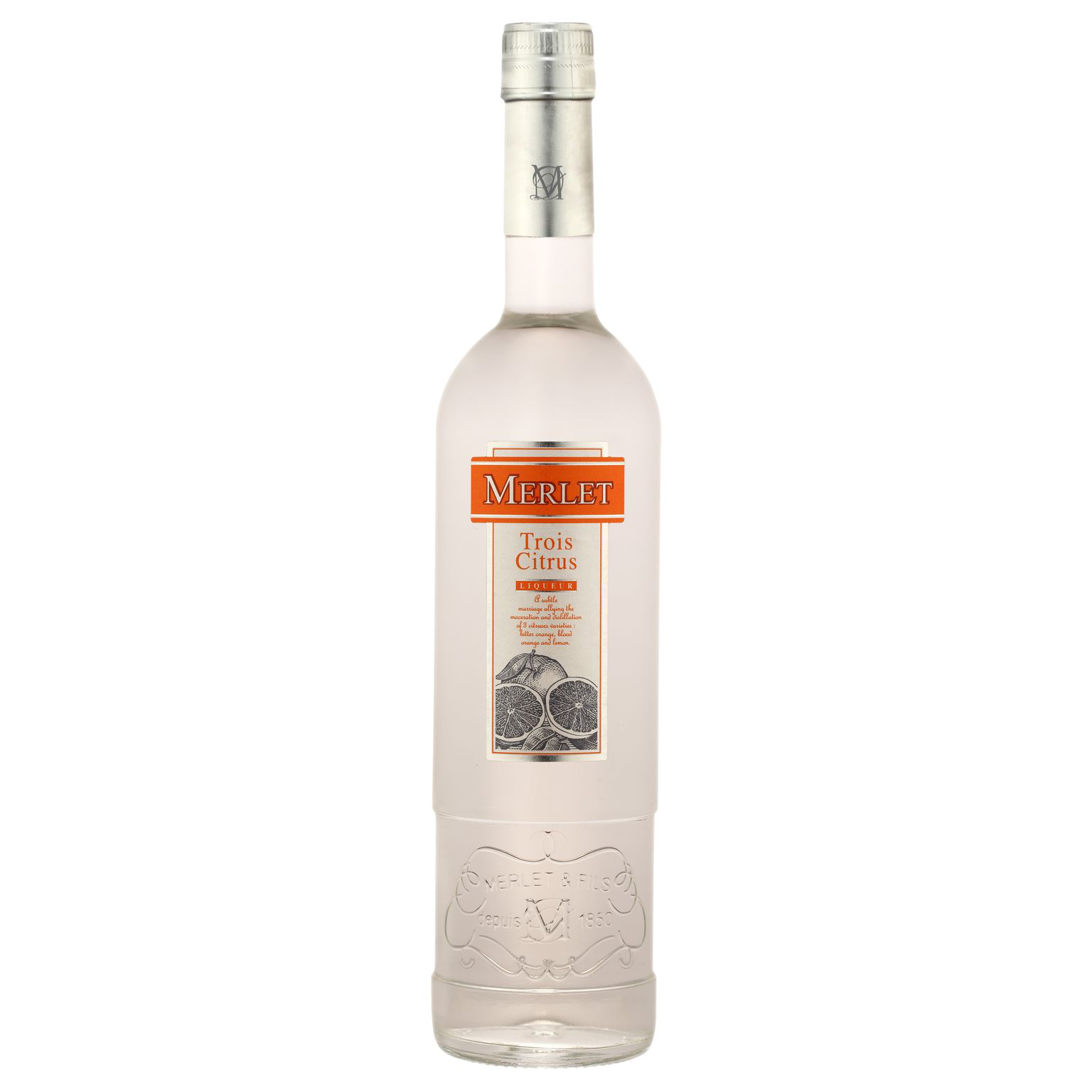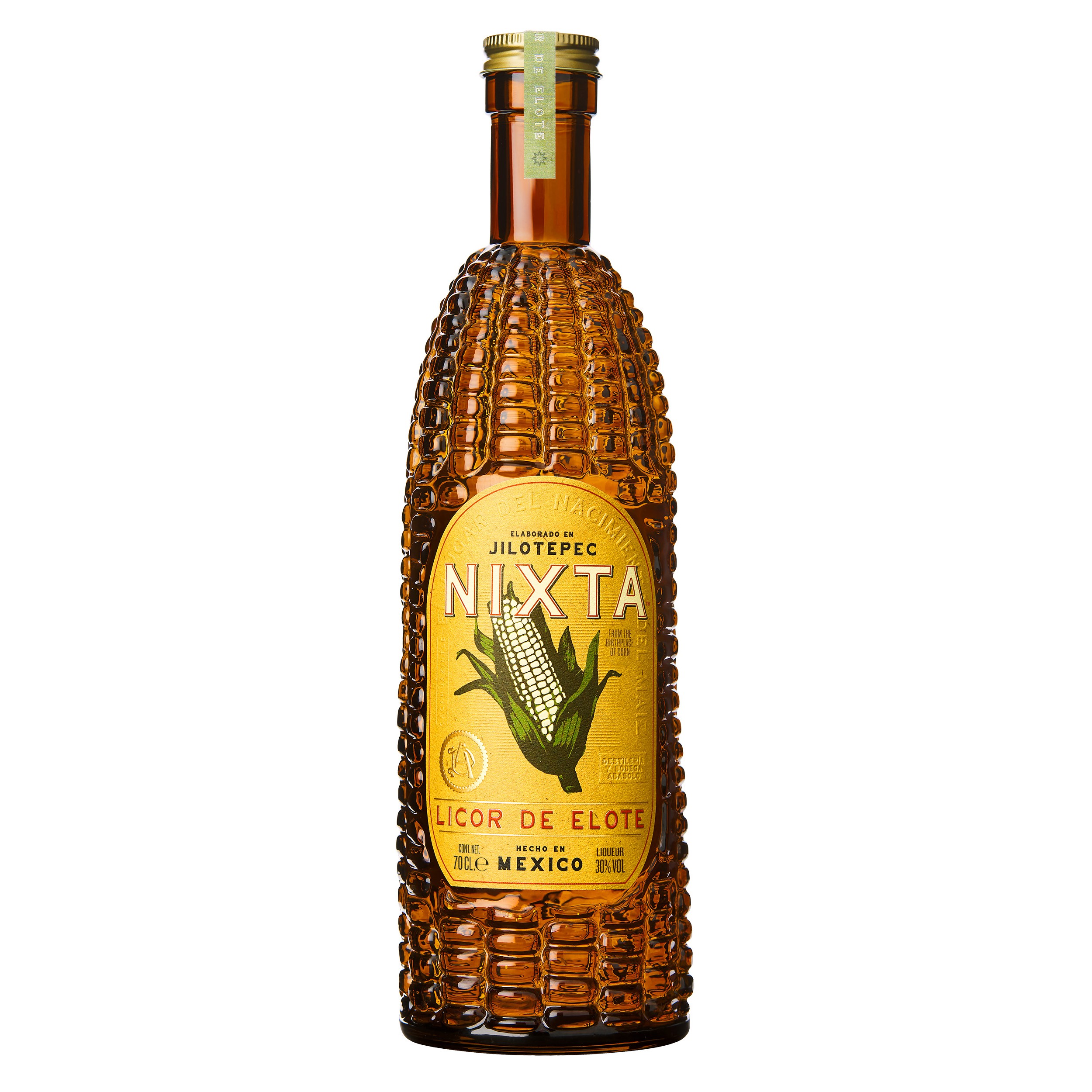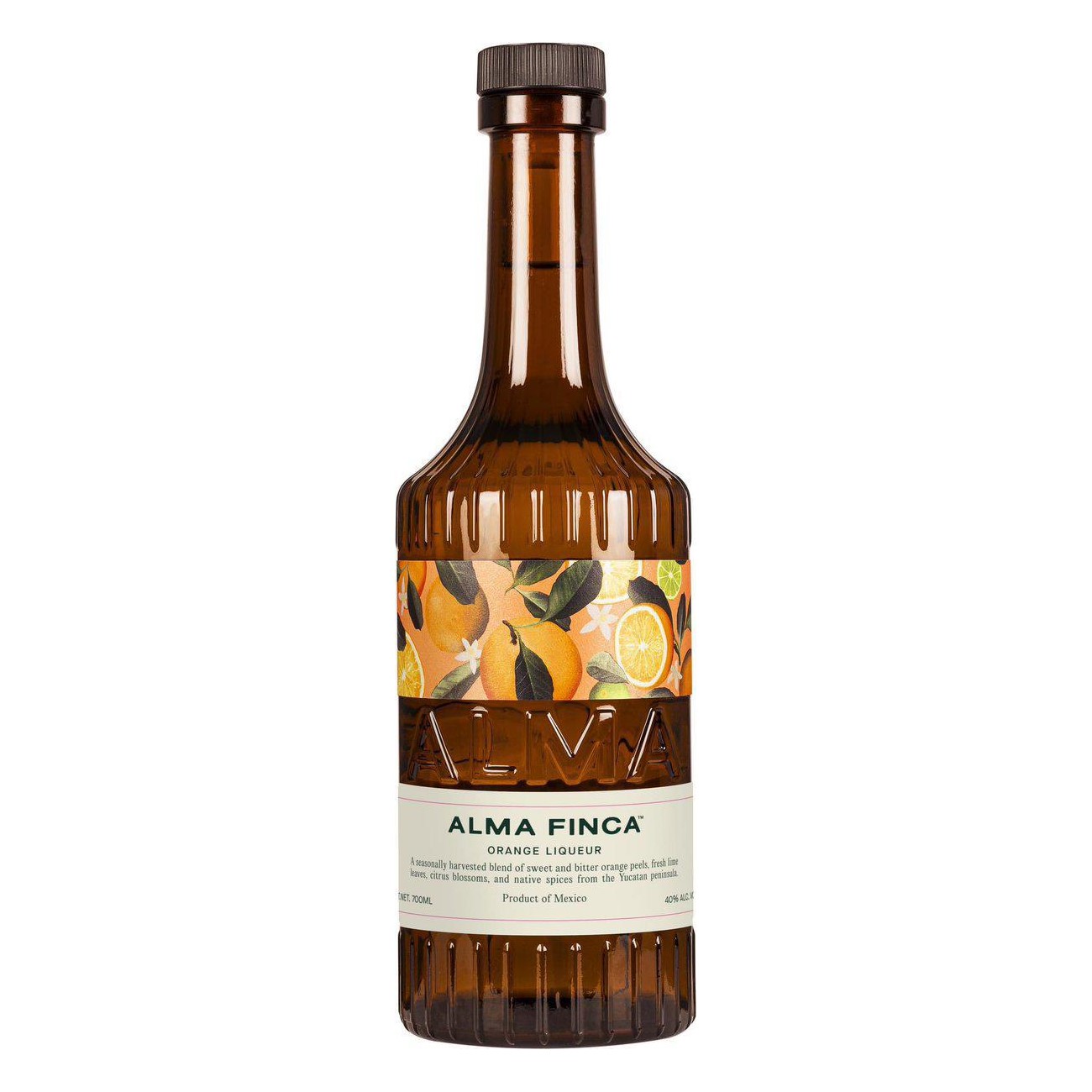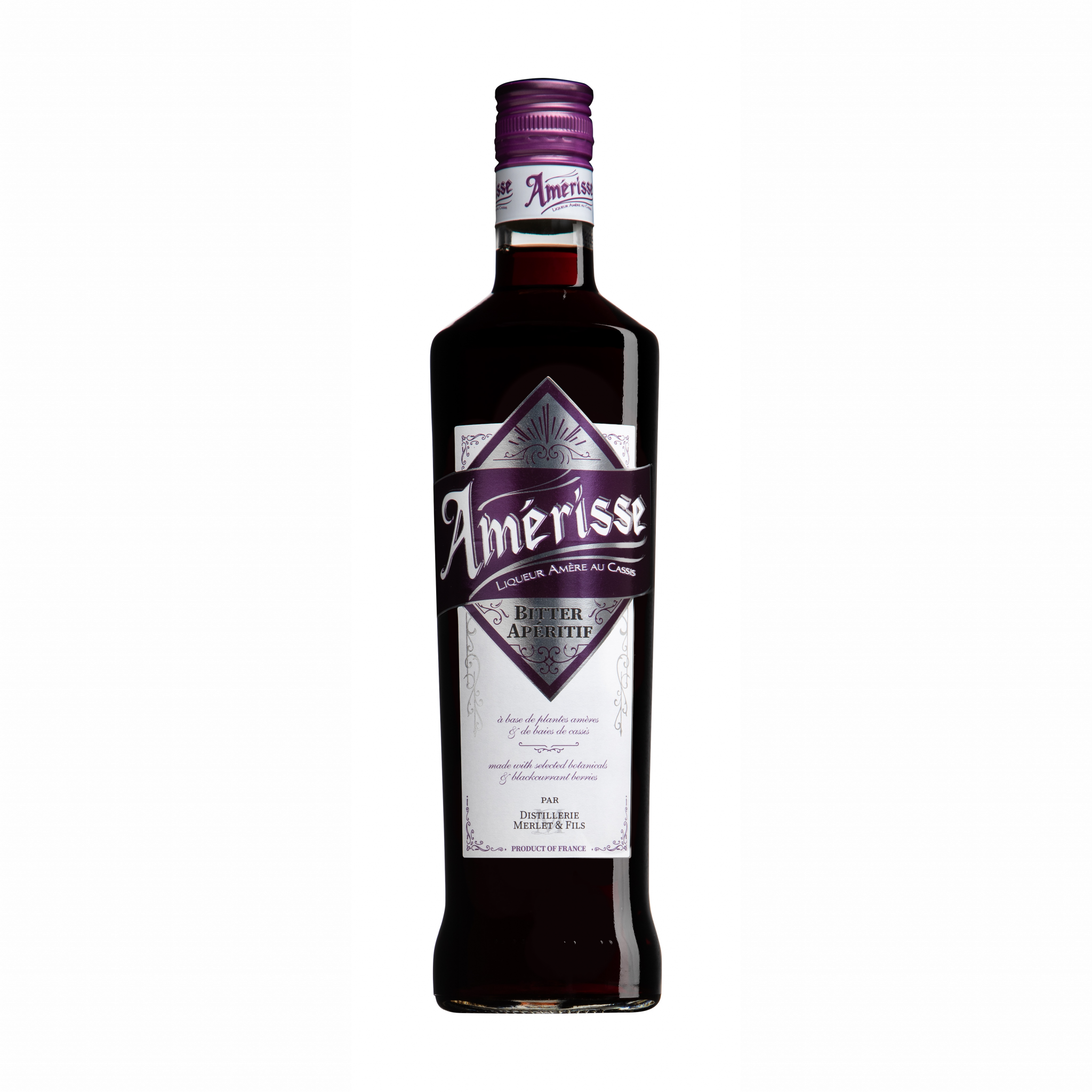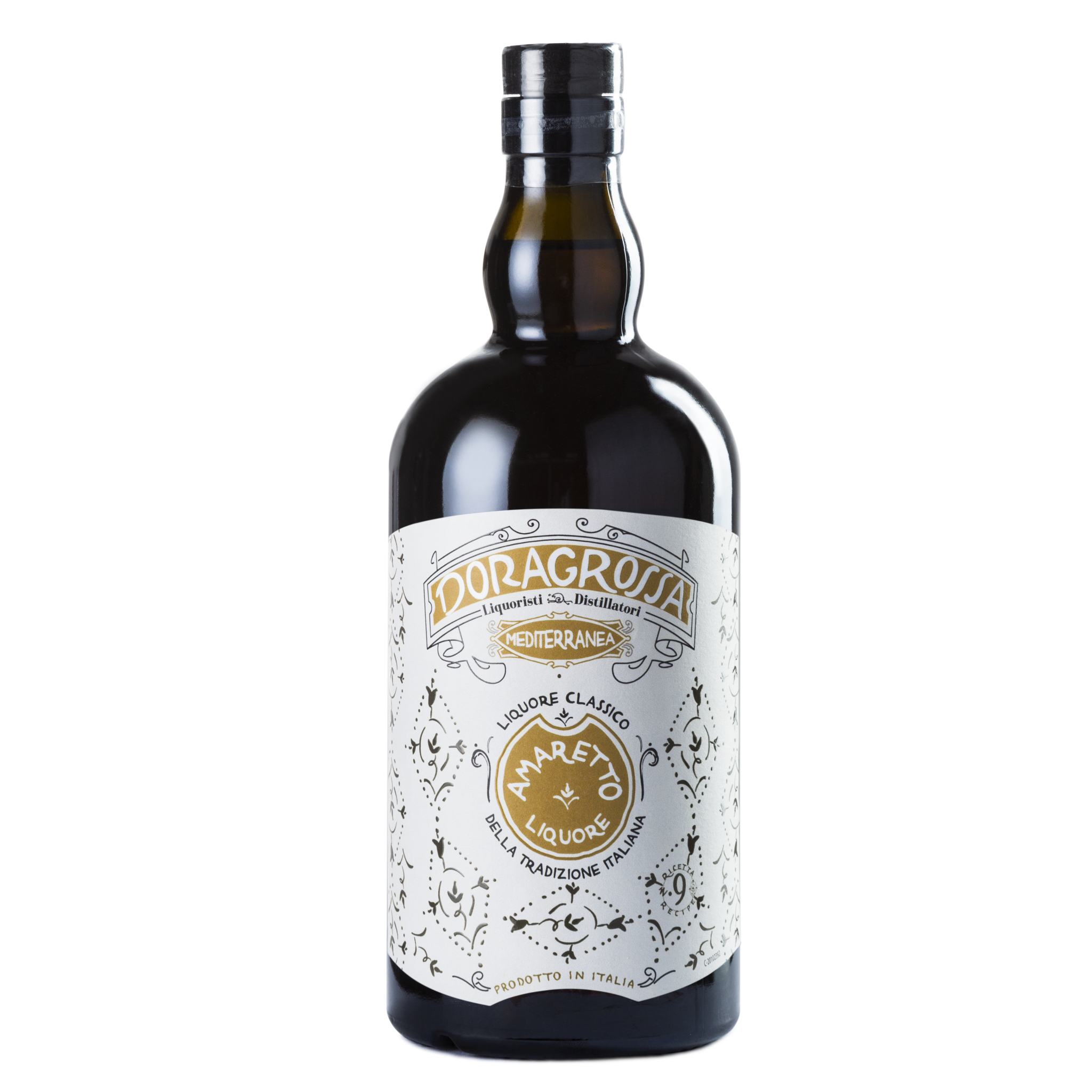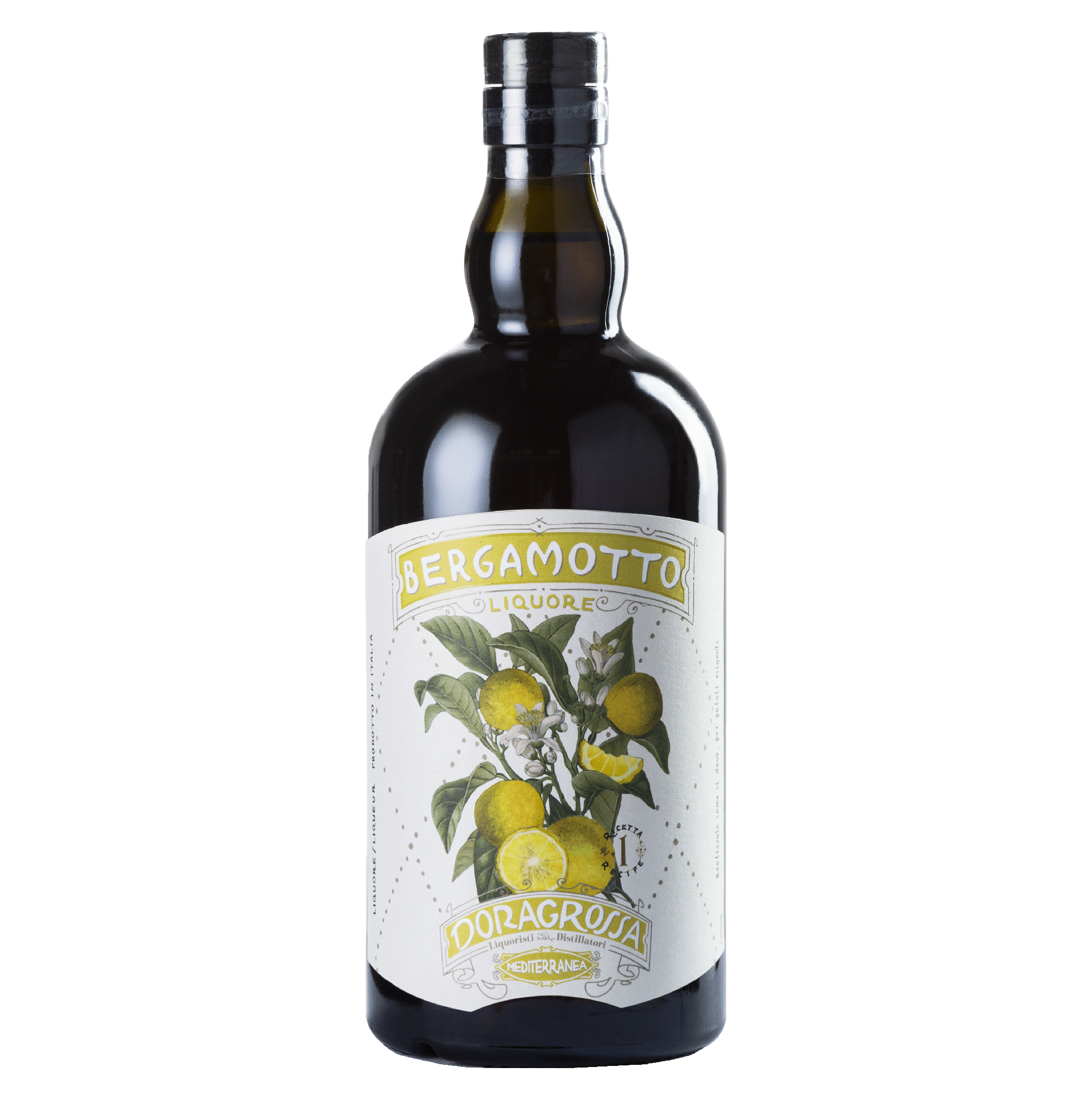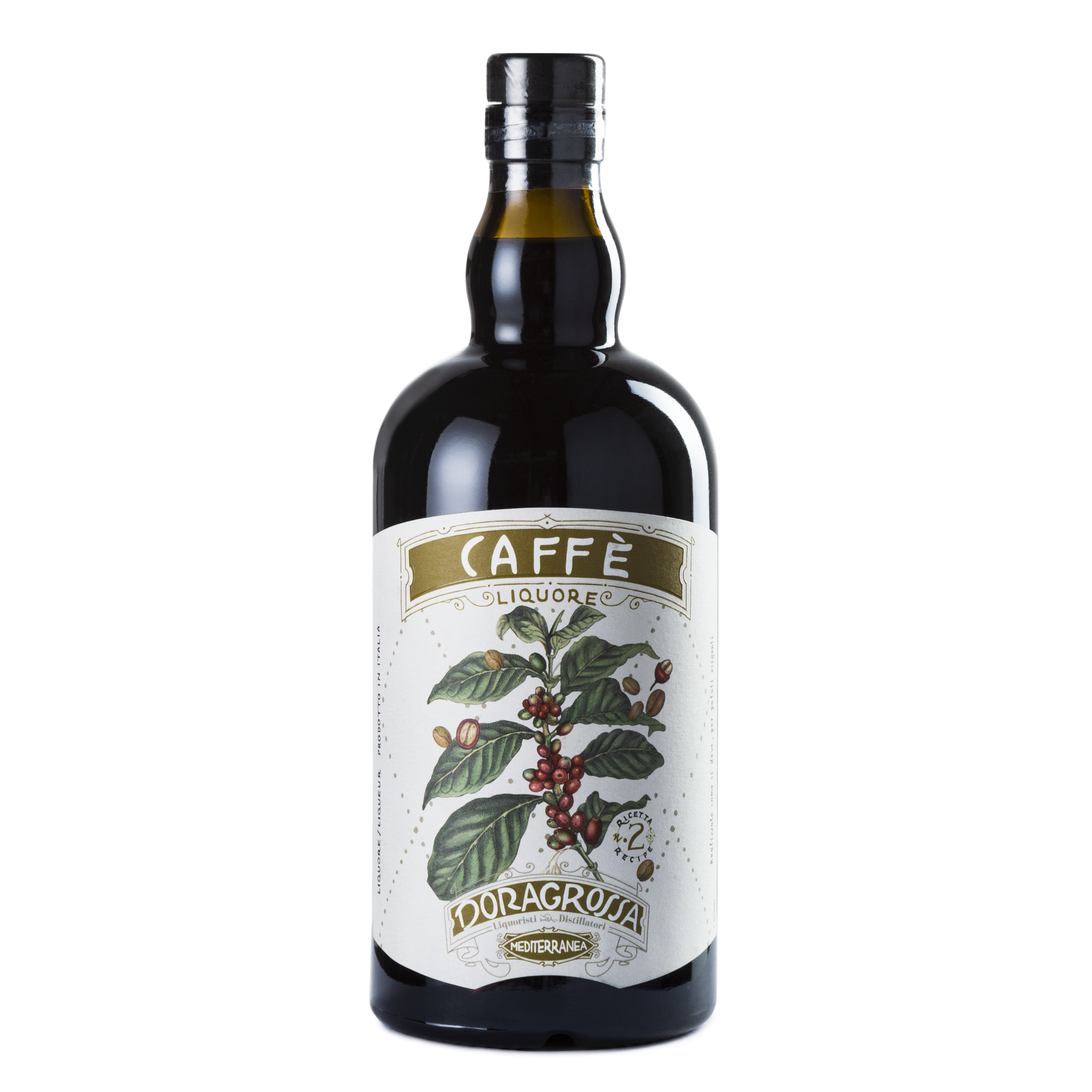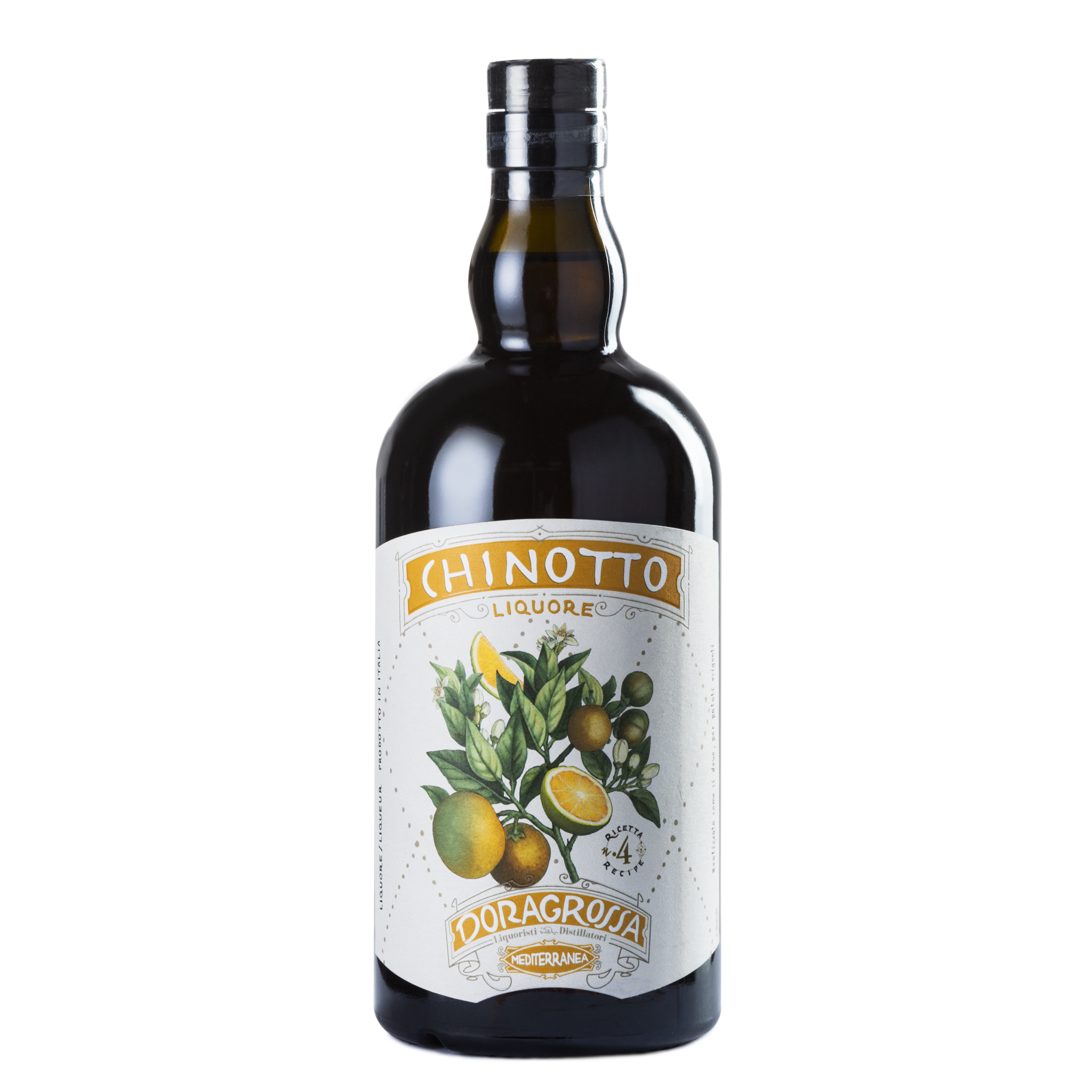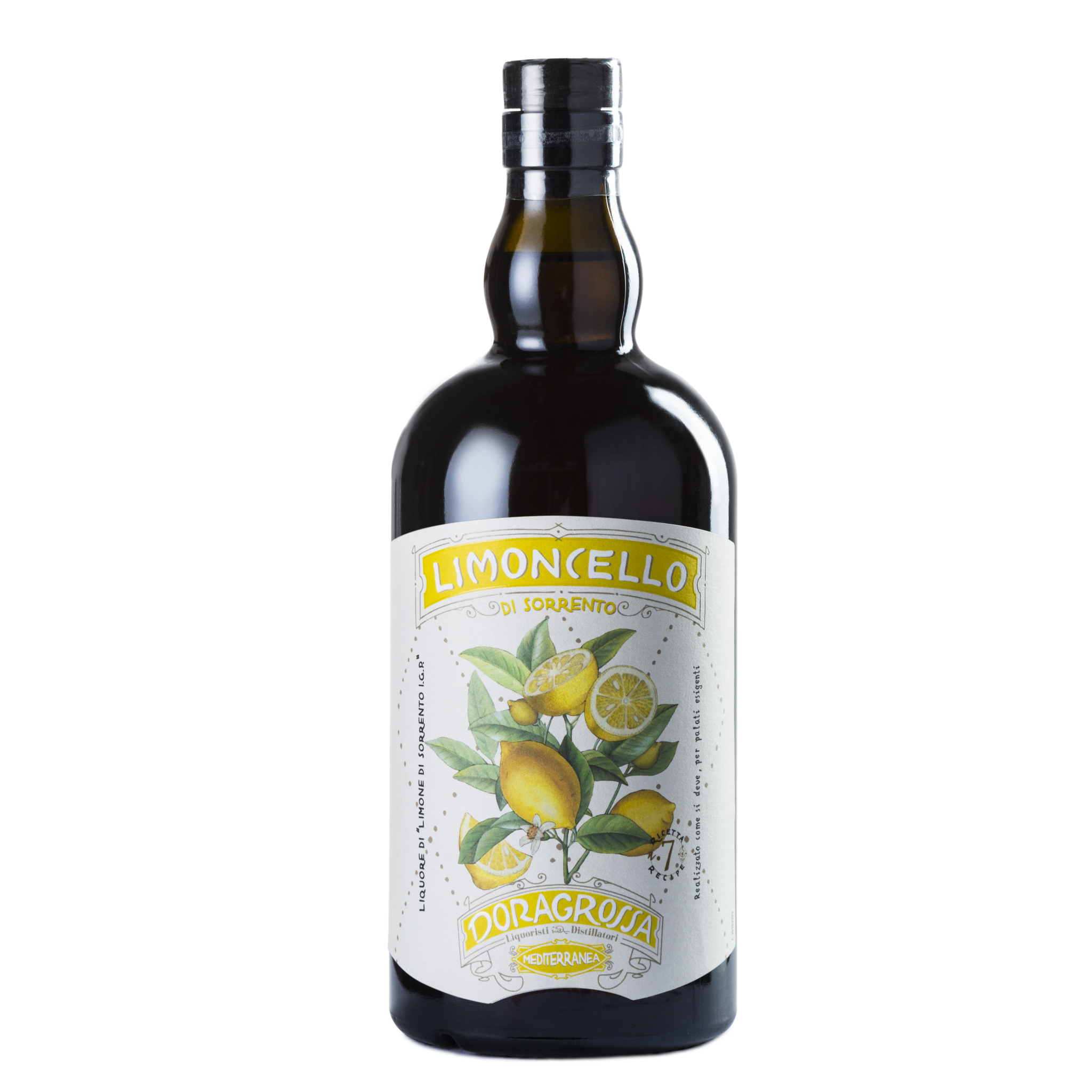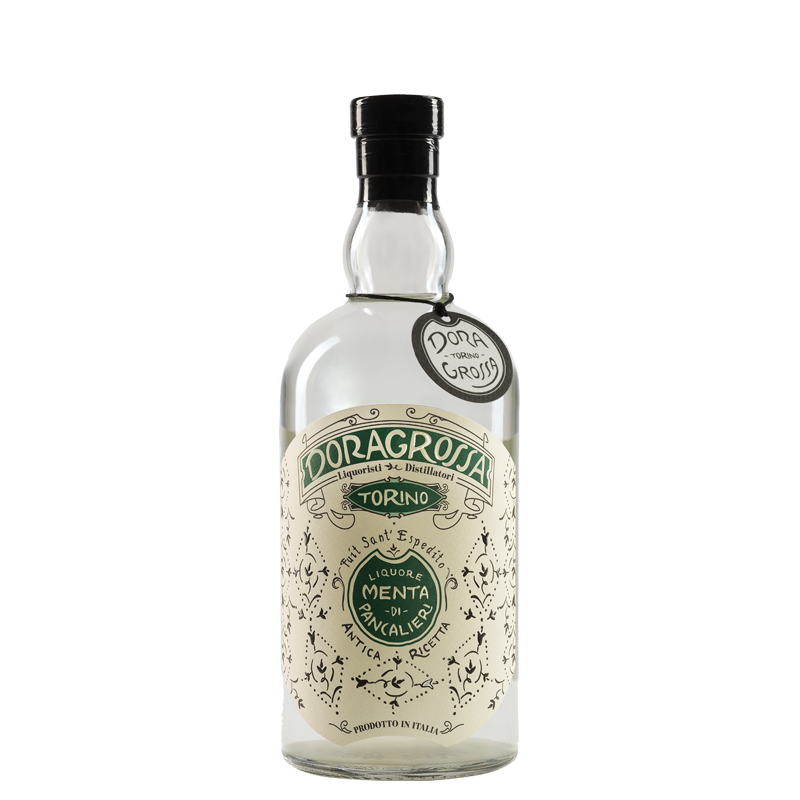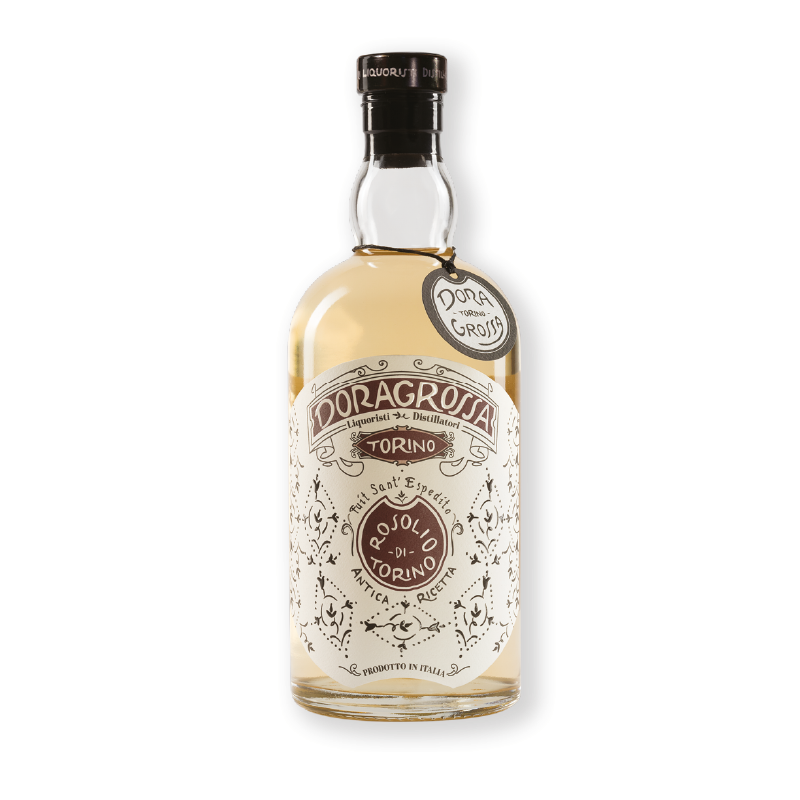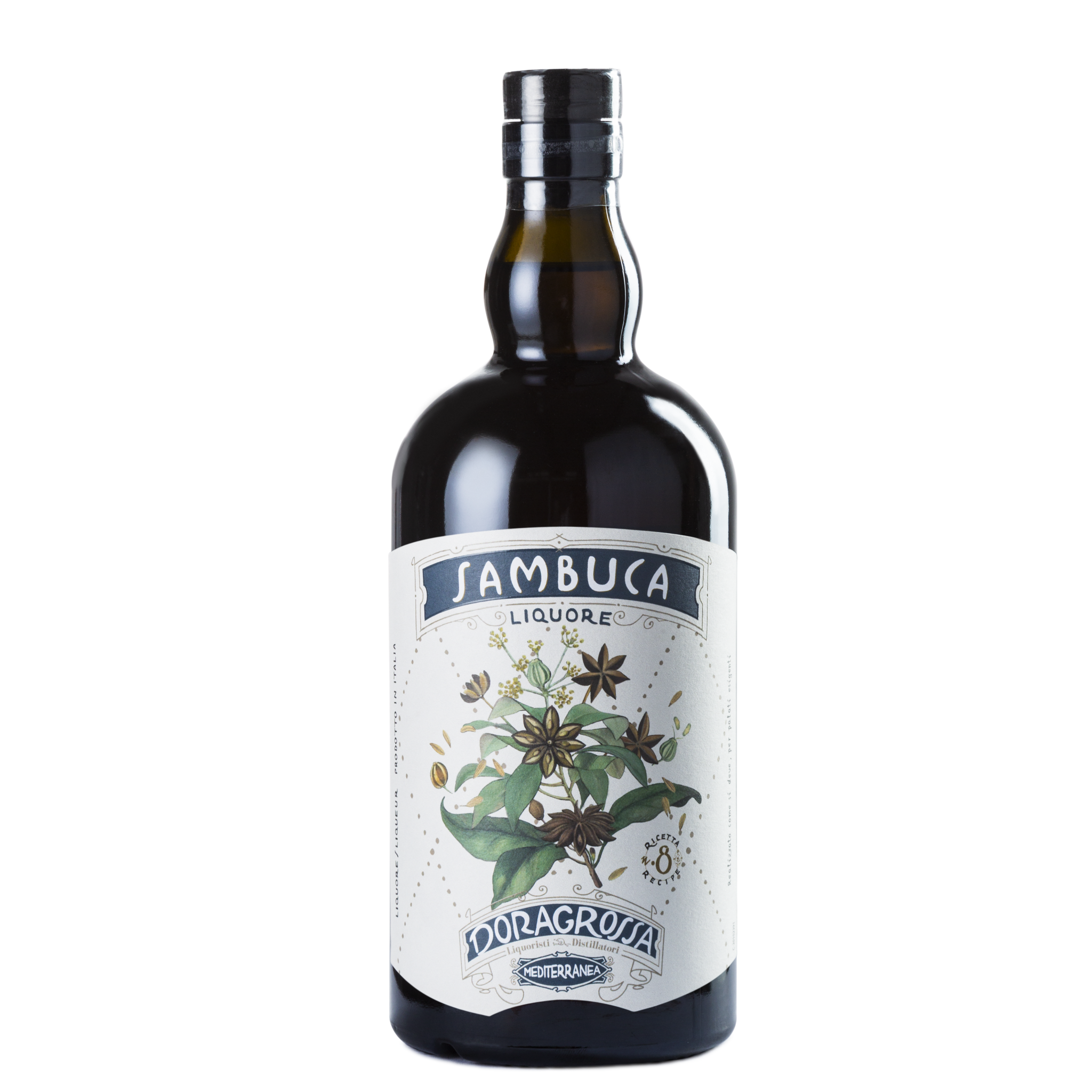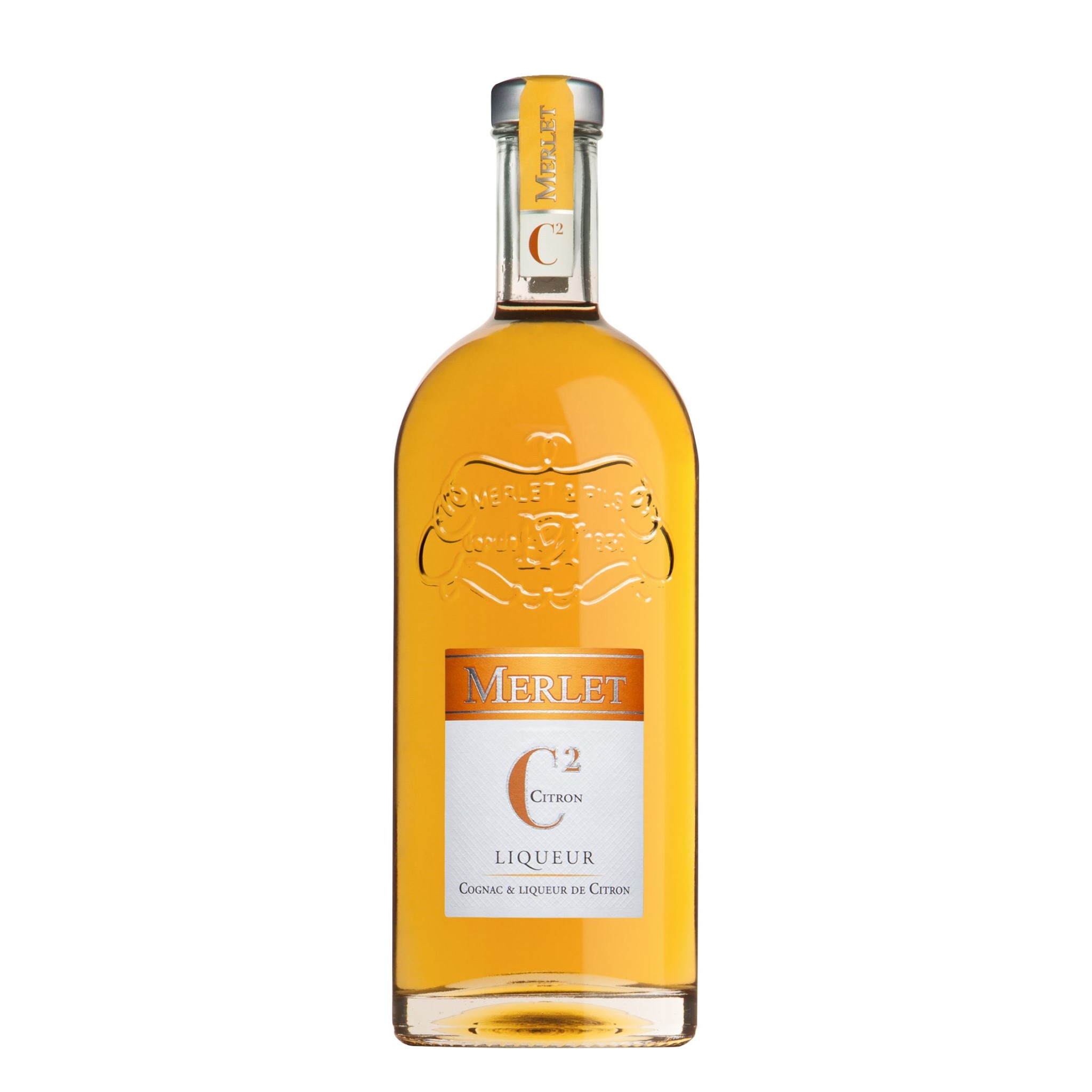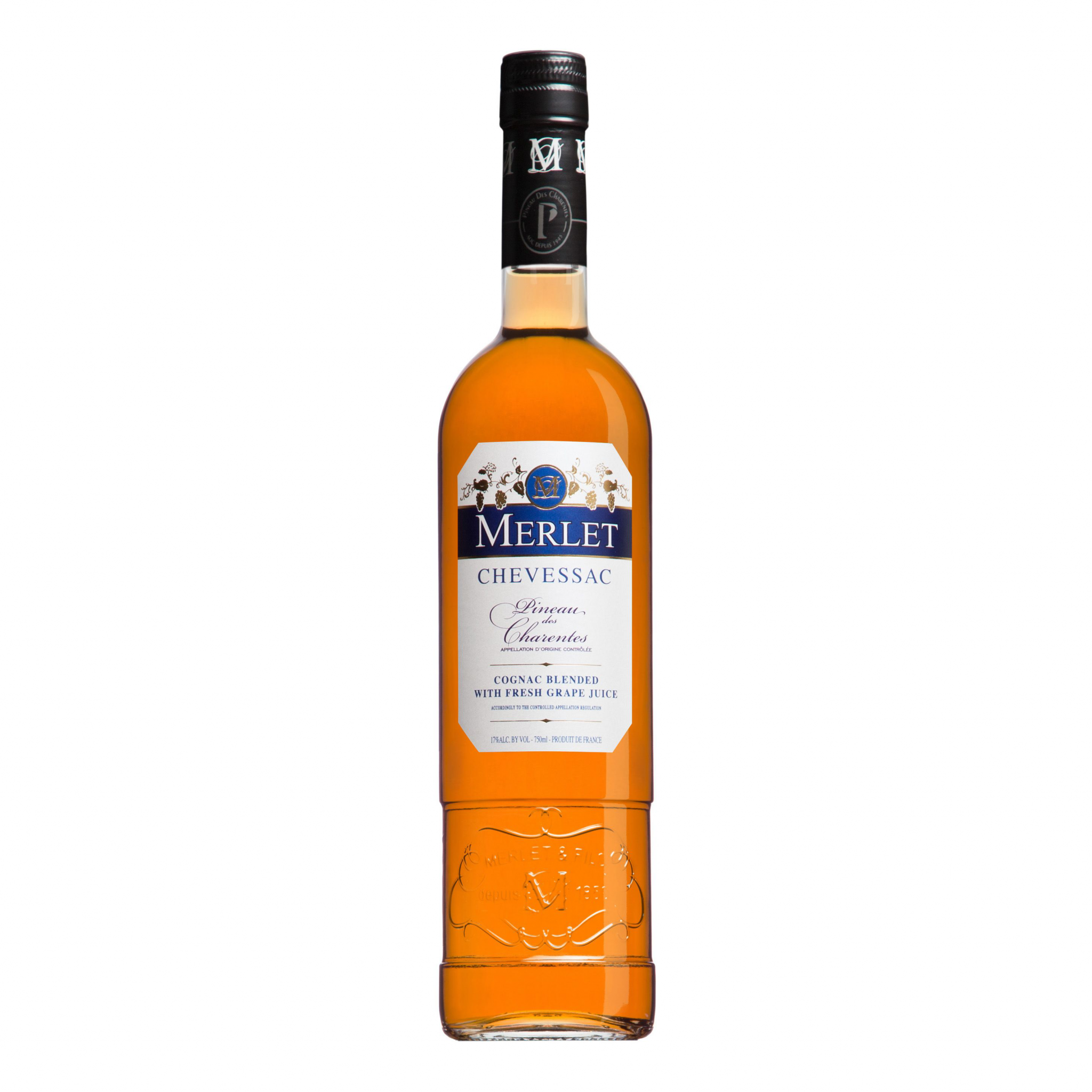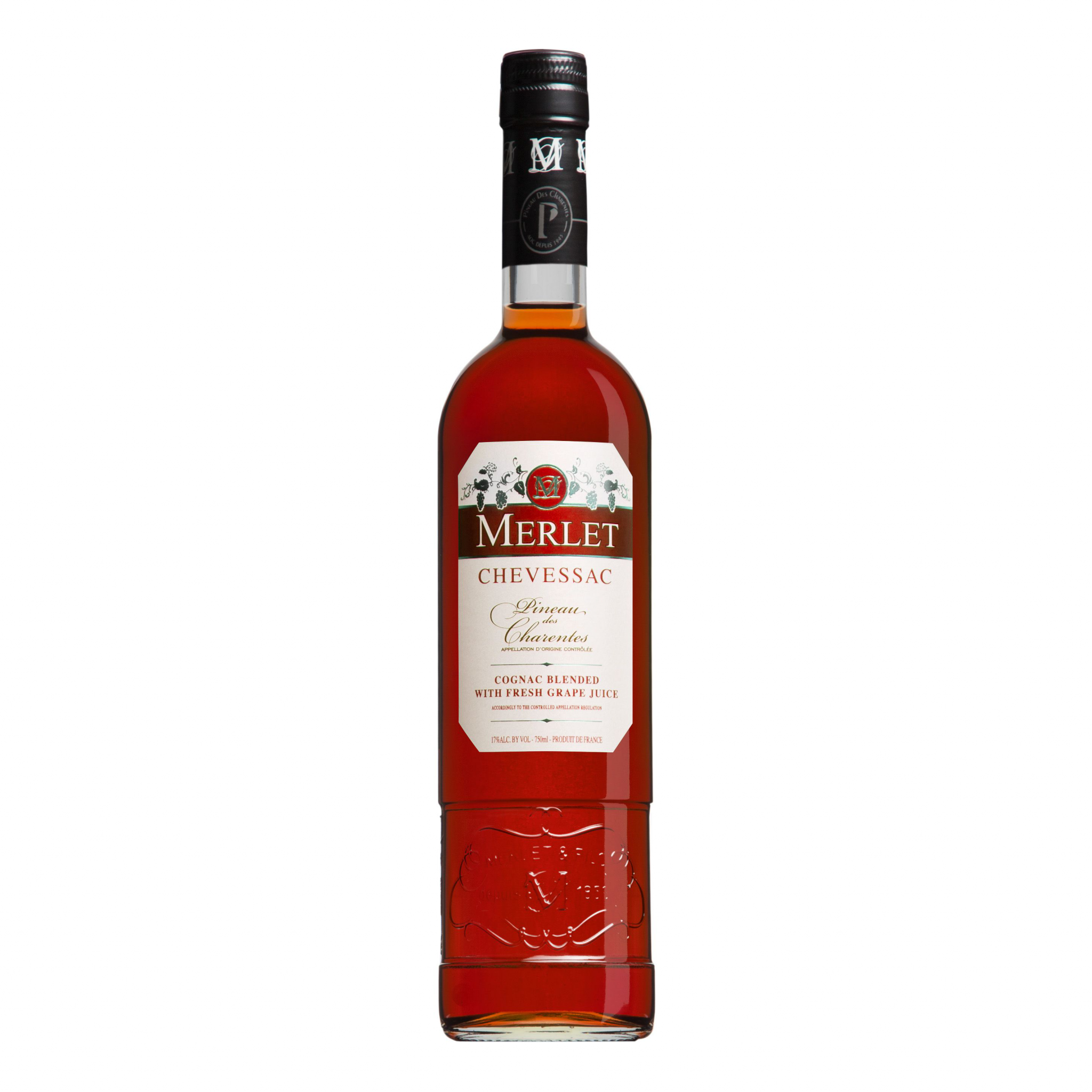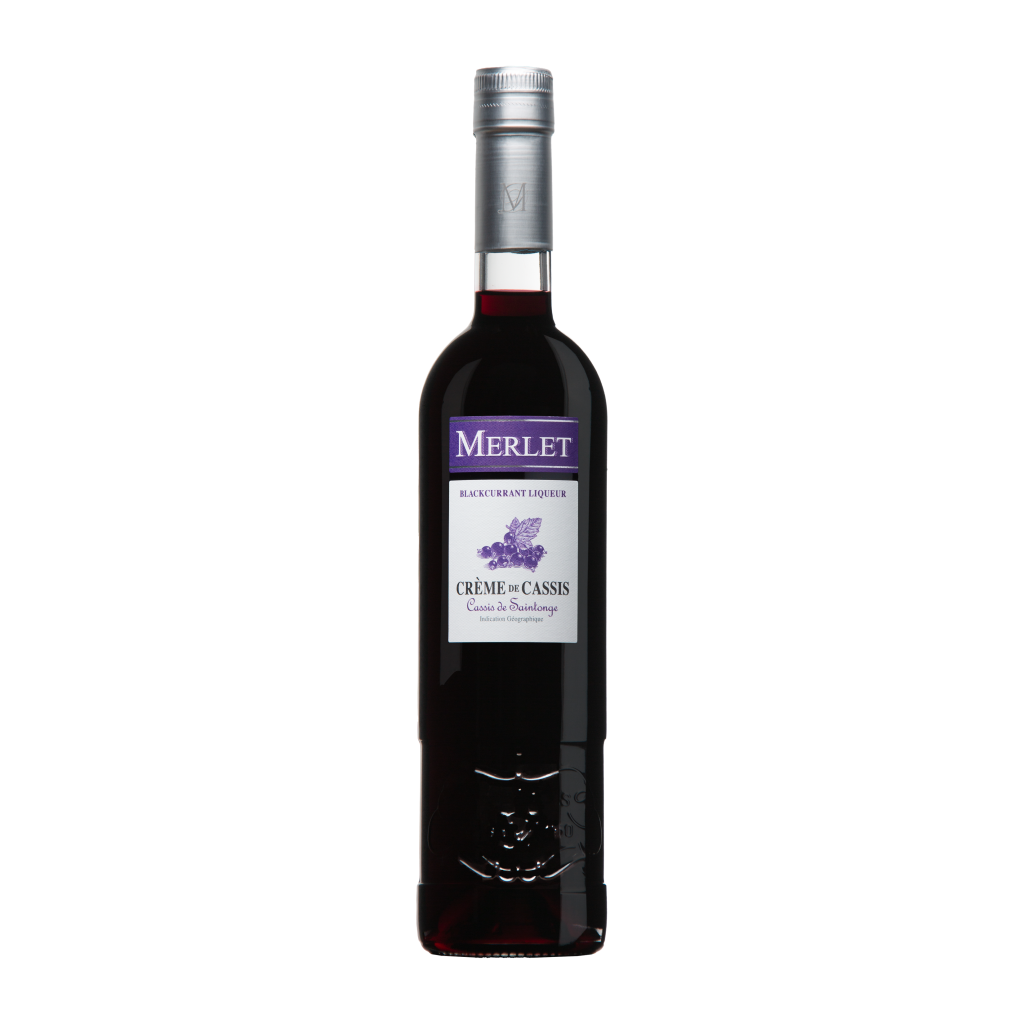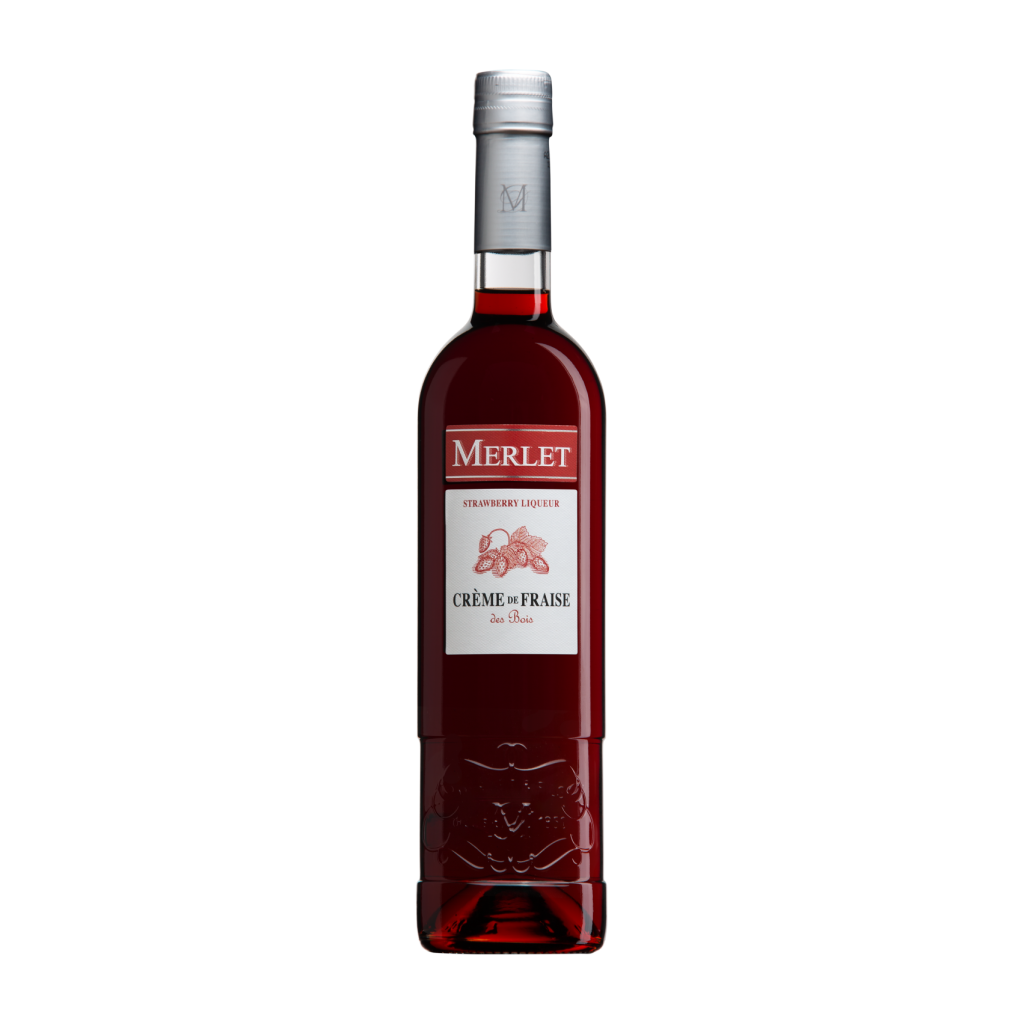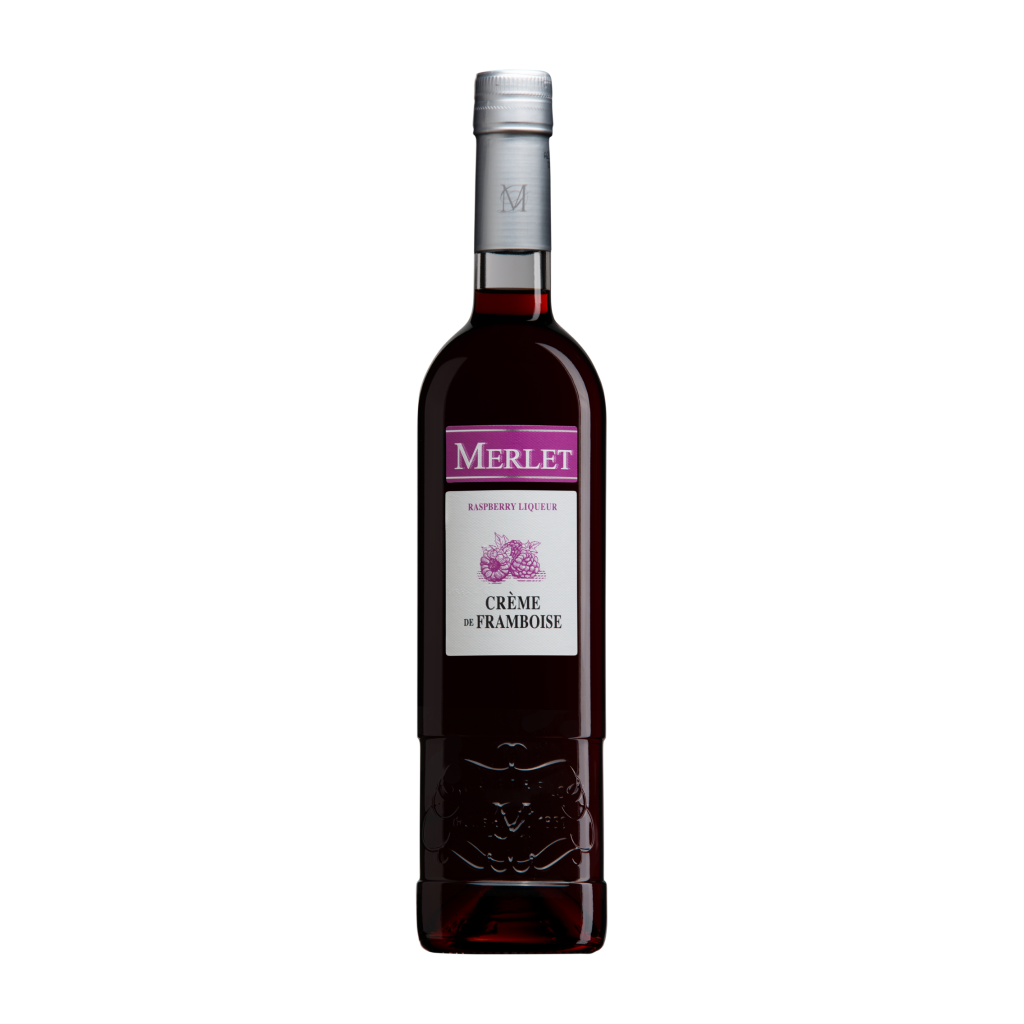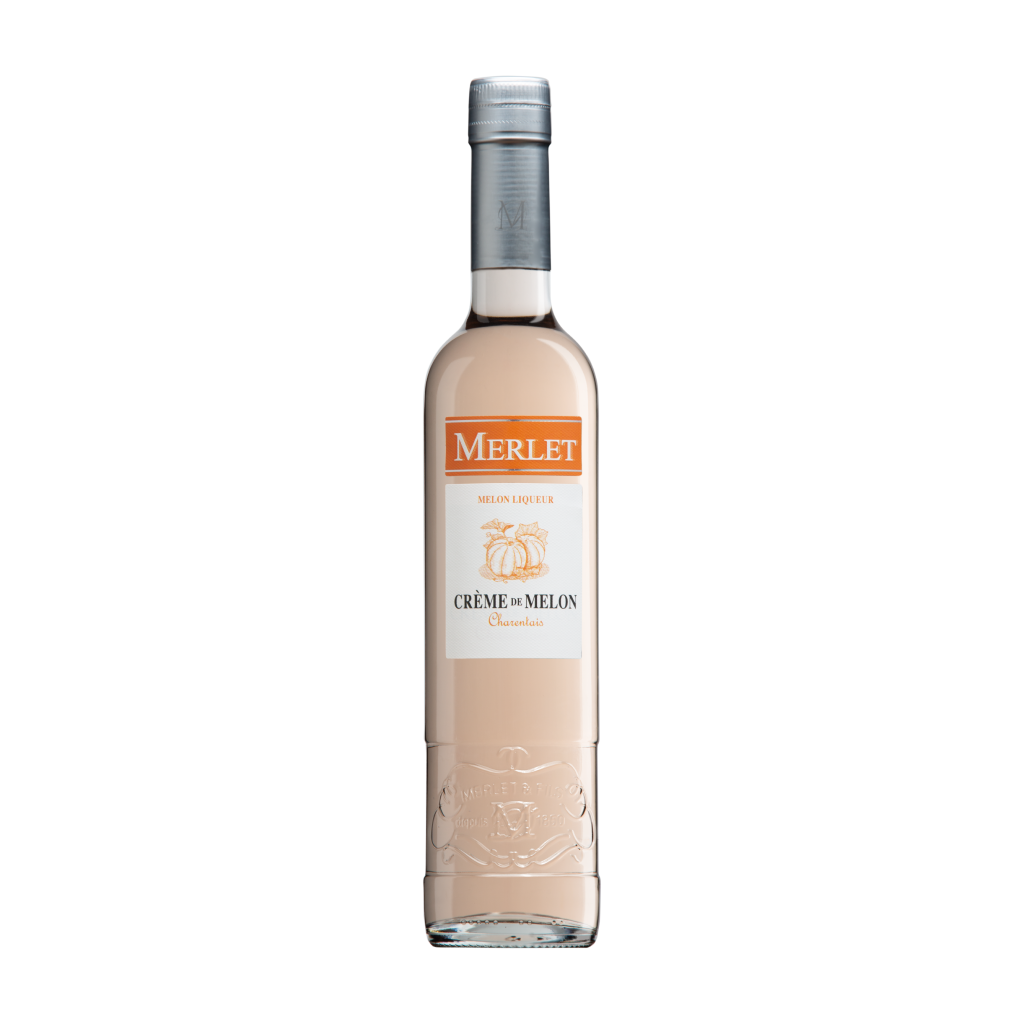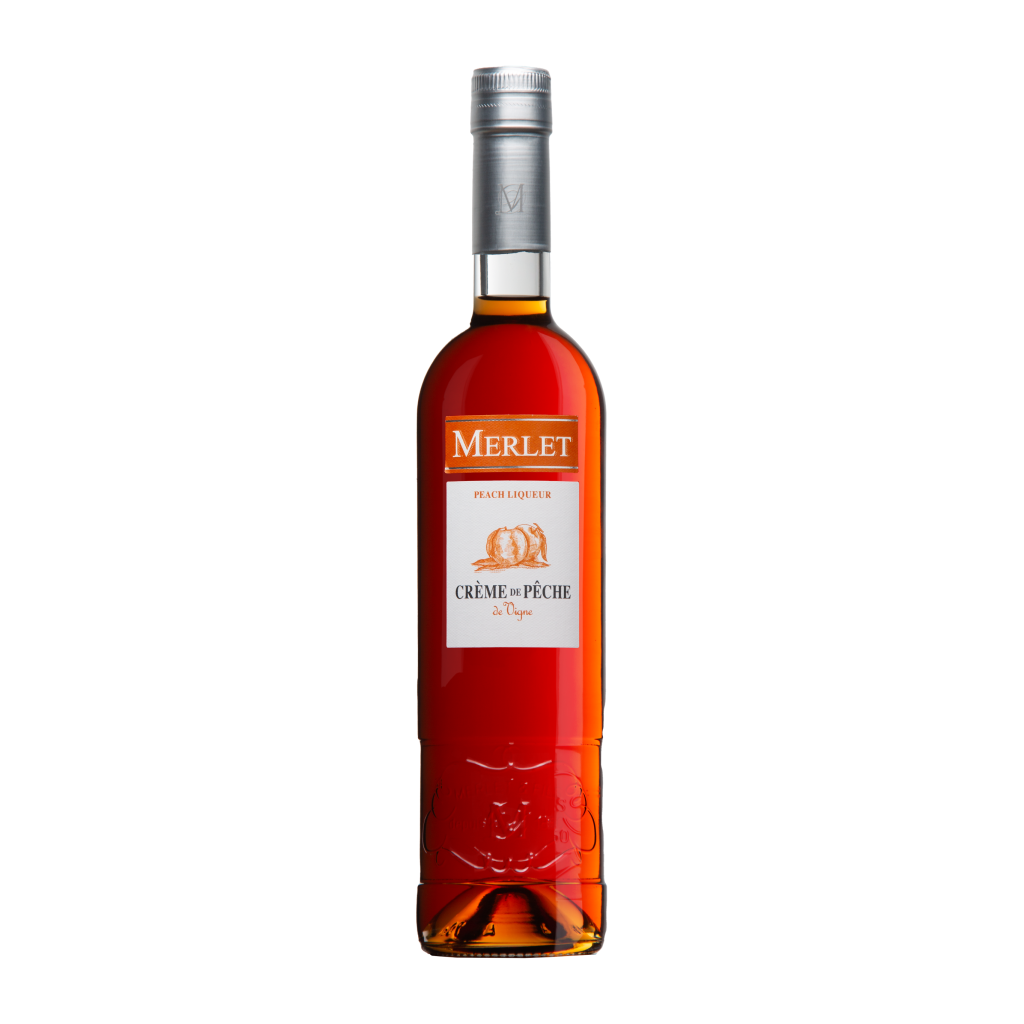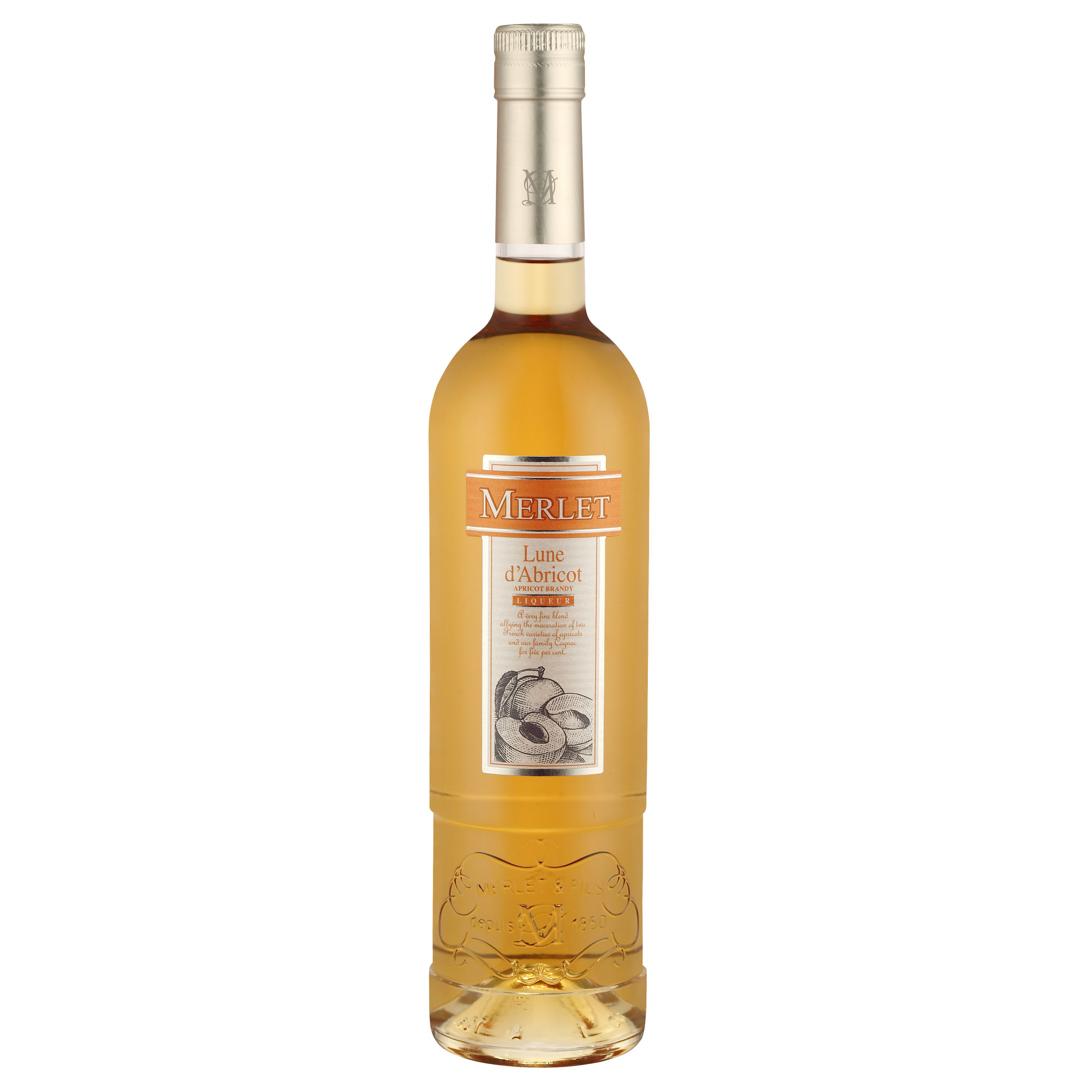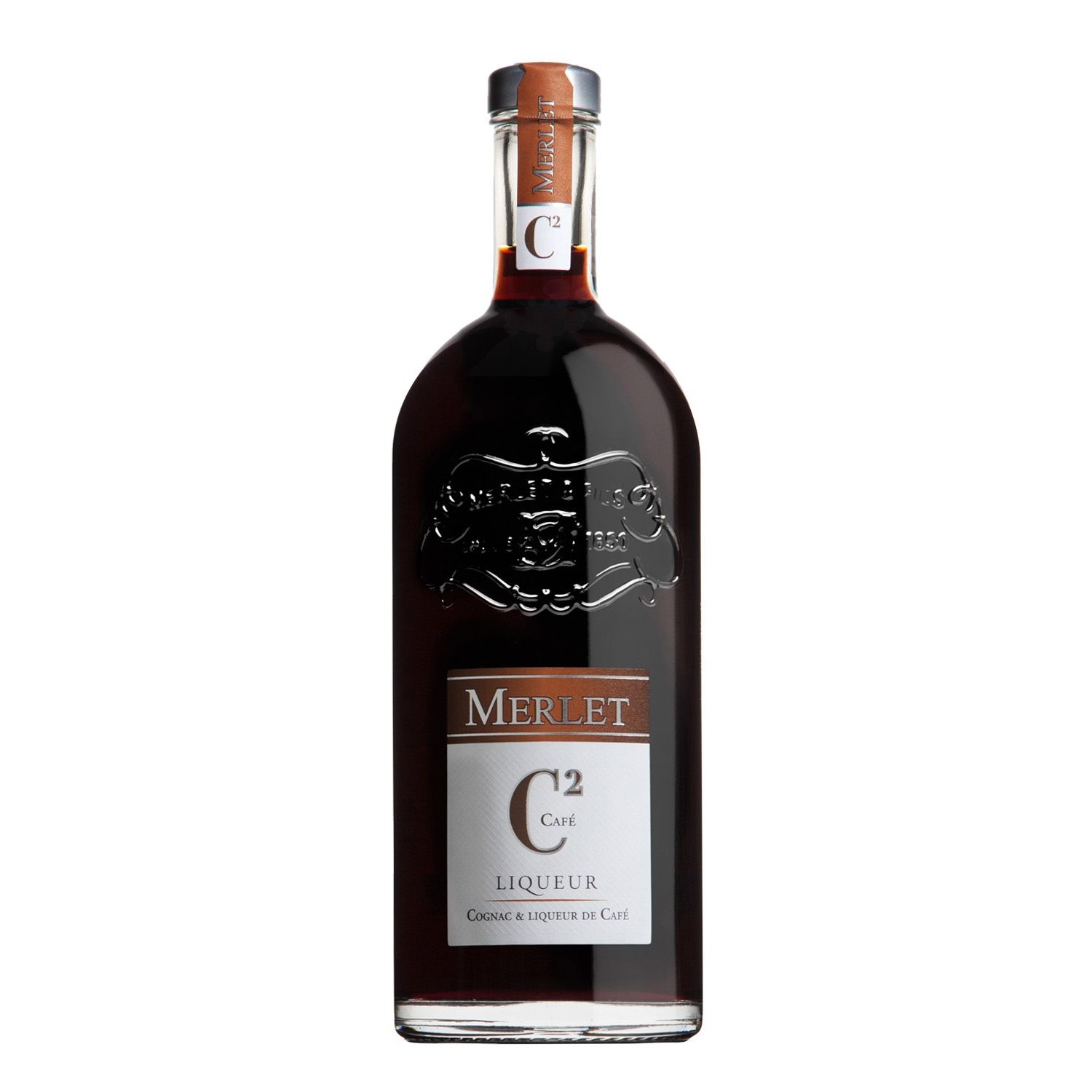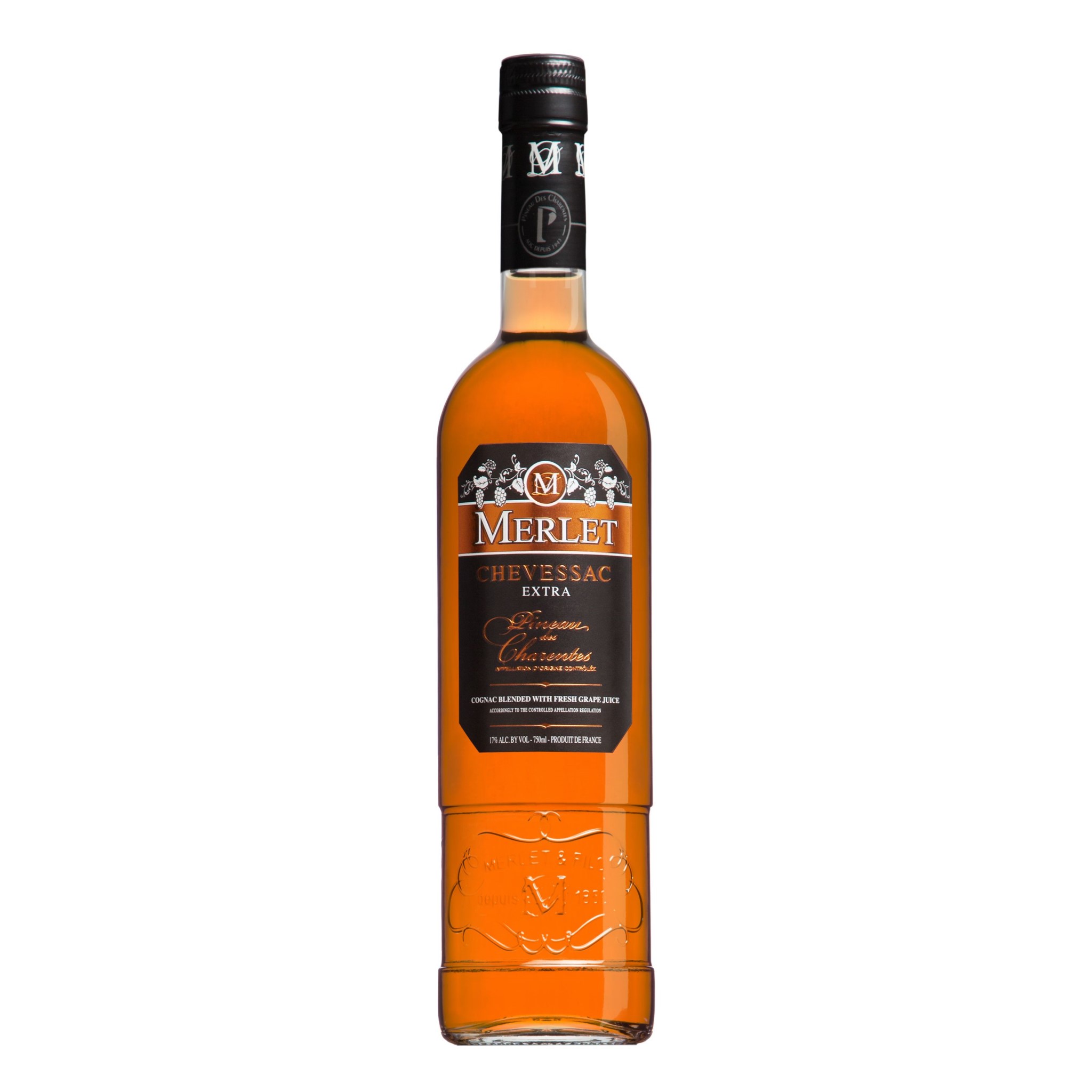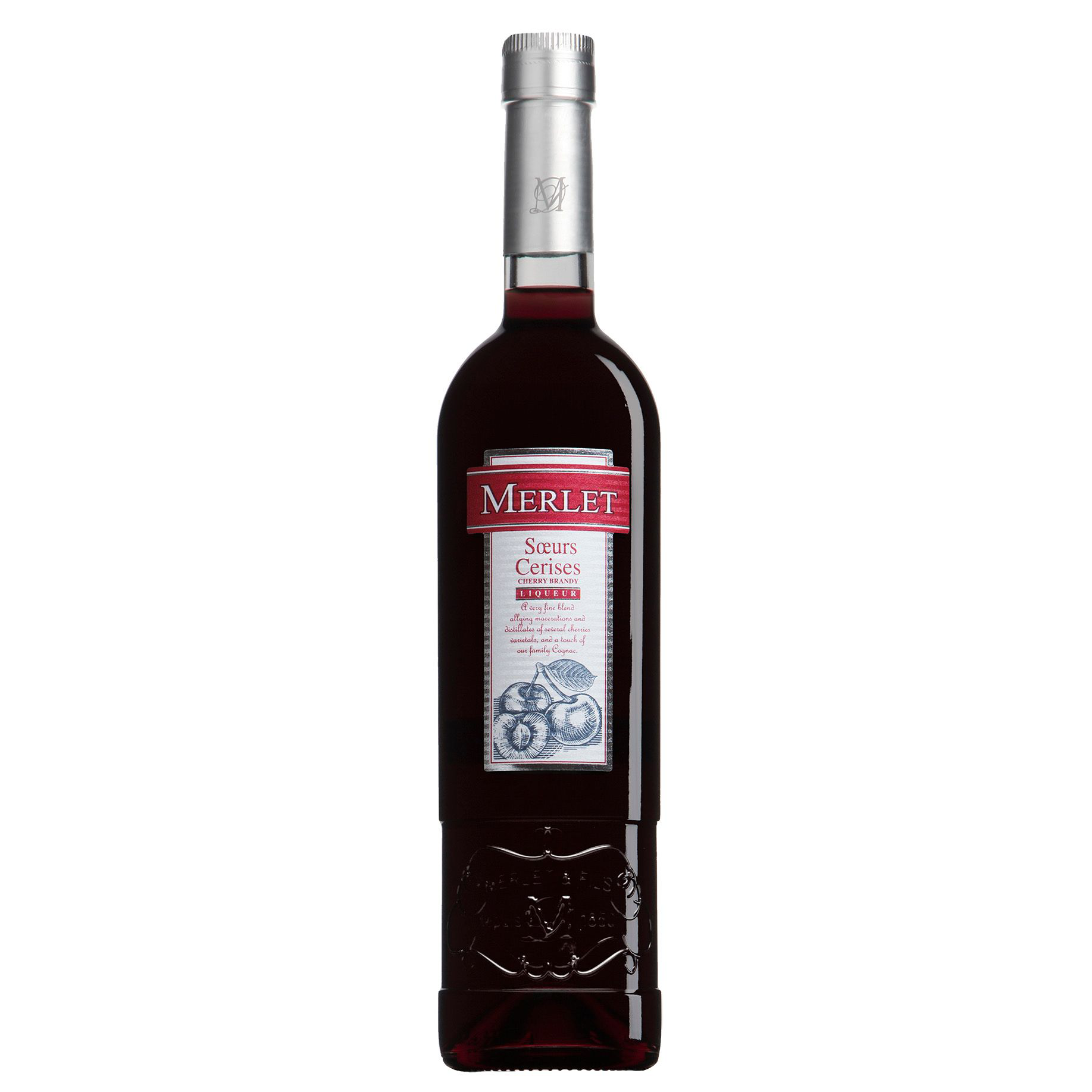ABOUT LIQUEURS
Liqueurs are a diverse category of alcoholic beverages known for their sweet, flavored profiles. Unlike spirits, which are typically straightforward in flavor, liqueurs are characterized by the infusion of various ingredients like fruits, herbs, spices, flowers, nuts, and even creams into a base spirit. The alcohol content in liqueurs usually ranges between 15% and 30%, though some can be stronger.
Composition and Production
Liqueurs start with a base spirit, often vodka, brandy, or rum, which is then sweetened and infused with flavors. The infusion process can involve maceration (soaking the flavoring agents in the alcohol), distillation, or percolation. After the desired flavors are extracted, the mixture is sweetened, usually with sugar, honey, or syrup, to balance the taste. Some liqueurs also undergo aging in barrels, which can add complexity to their flavor profiles.
Types of Liqueurs
Liqueurs come in many varieties, but they can generally be categorized based on their primary flavorings:
Fruit Liqueurs: These are made by infusing the base spirit with fruits like oranges (e.g., Cointreau, Grand Marnier), cherries (e.g., Cherry Heering), or raspberries (e.g., Chambord). They are typically bright, sweet, and often used in cocktails or as dessert ingredients.
Herbal Liqueurs: Examples include Chartreuse and Bénédictine, which are made with a blend of herbs and spices. These liqueurs often have complex, layered flavors with both sweet and bitter notes.
Nut and Seed Liqueurs: Amaretto (almond) and Frangelico (hazelnut) are popular examples. They have rich, nutty flavors and are often enjoyed on their own or in coffee.
Cream Liqueurs: Made by blending dairy cream with the base spirit, these liqueurs, such as Baileys Irish Cream and Amarula, are thick, smooth, and sweet, often enjoyed over ice or in dessert cocktails.
Coffee and Chocolate Liqueurs: These include Kahlúa (coffee) and crème de cacao (chocolate). They are popular in dessert cocktails or for adding depth to hot drinks.
Spiced Liqueurs: Examples like Drambuie (whiskey, honey, herbs, and spices) and Fireball (cinnamon whisky) feature strong spice flavors, which make them popular in warm, comforting drinks.
Uses and Pairings
Liqueurs are incredibly versatile. They can be sipped neat, on the rocks, or mixed into cocktails to add flavor, sweetness, and complexity. Some liqueurs, like Grand Marnier, are also used in cooking to flavor desserts or sauces. Liqueurs can also be layered in drinks, a technique known as pousse-café, creating visually striking and flavorful concoctions.
Trends and Innovations
The liqueur market has seen significant innovation, with a growing interest in artisanal and small-batch products. Craft distillers are experimenting with unique flavor combinations and using natural ingredients, appealing to consumers seeking high-quality and distinctive options. Additionally, low-alcohol liqueurs are gaining popularity as part of the broader trend toward lighter, more sessionable drinks.


